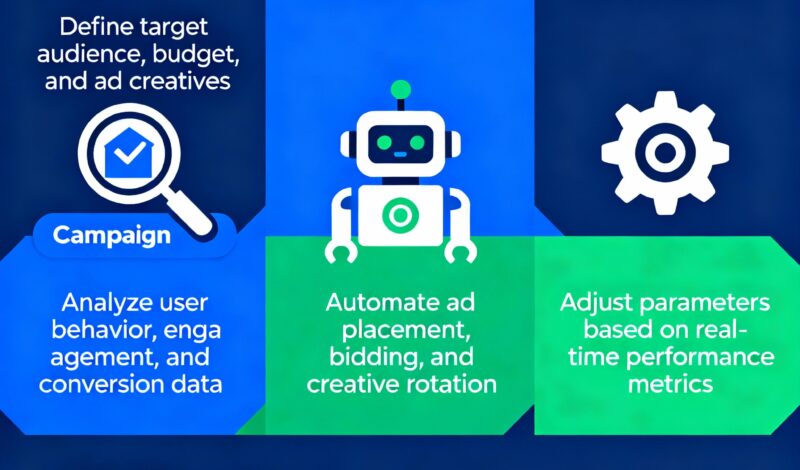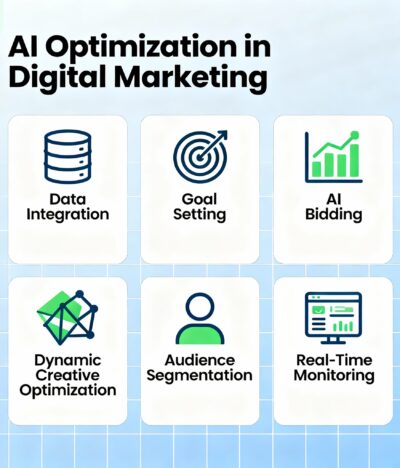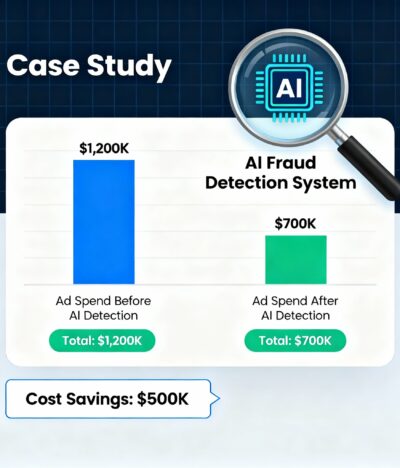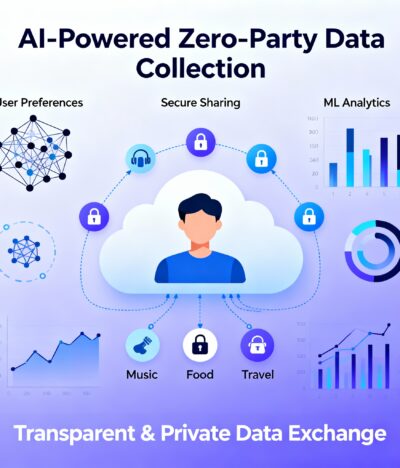The Creative Challenge in Modern Marketing
In today’s fast-paced digital landscape, AI ad testing is reshaping how marketers evaluate creative performance. Creative quality determines whether an ad grabs attention or gets ignored — and with multiple formats, platforms, and audiences, manually testing every variation has become nearly impossible.
Traditional A/B testing is slow, expensive, and often misses valuable insights. That’s why modern brands are turning to AI-driven creative testing, a faster, smarter, and more scalable solution that identifies winning ad creatives in real time.
By leveraging artificial intelligence, marketers can analyze thousands of ad variations, understand audience behavior, and recommend the best-performing versions within days — something human teams might take weeks or months to achieve.
What Is AI Ad Testing?
AI ad testing uses machine learning algorithms to automatically test, analyze, and optimize ad creatives across multiple channels.
Instead of testing just two variations, AI systems can evaluate dozens of creative elements at once — including:
- Headlines and taglines
- Visuals and color schemes
- Copy tone and call-to-action (CTA) style
- Video duration and thumbnail choice
- Audience engagement and emotional response
This automation enables continuous learning, where every campaign iteration improves based on data from previous performance.
Why Traditional A/B Testing Falls Short
While A/B testing has been a marketing staple, it’s limited to one variable at a time. With AI, marketers can move from A/B testing to multivariate testing — assessing multiple creative combinations simultaneously.
AI doesn’t just tell you which ad won — it explains why it won by analyzing engagement metrics, audience reactions, and behavioral trends. This depth of insight allows for more creative precision and smarter decisions.
How AI Ad Testing Works
AI ad testing combines automation, data analytics, and predictive modeling to deliver actionable insights.
Here’s how the process unfolds:
- Creative Input: Upload multiple ad creatives, each with variations in design, copy, and targeting.
- Automated Distribution: AI delivers each version to micro-segments of the audience.
- Performance Tracking: The system measures metrics like CTR, dwell time, engagement, and conversion rate.
- Predictive Learning: AI identifies patterns — which color, tone, or layout drives the best results.
- Optimization: Winning versions are automatically scaled, while underperformers are paused.
The result? Continuous improvement without manual guesswork.
Benefits of AI Ad Testing
- Speed and Scale
AI tests hundreds of ad combinations simultaneously, dramatically reducing the time needed to identify top performers. - Cost Efficiency
By quickly detecting low-performing ads, marketers avoid wasted spend and allocate budgets to creatives that truly convert. - Deeper Insights
AI doesn’t rely on assumptions — it uncovers hidden drivers of engagement, such as colors, phrasing, or emotional triggers. - Improved Personalization
AI identifies which creatives resonate best with specific audience segments, enabling hyper-personalized ad experiences.
Real-World Example: AI in E-commerce Advertising
A leading fashion retailer used AI ad testing to optimize its Meta and Google campaigns. The system analyzed 200 creative variations — different visuals, product captions, and CTAs.
Within two weeks, AI determined that short-form video ads with lifestyle imagery outperformed static catalog ads by 47% in engagement and 32% in sales conversions.
This insight allowed the brand to quickly pivot creative strategy — resulting in a 25% higher overall ROAS and faster campaign turnaround.
Tools for AI Ad Testing4
Several platforms already incorporate AI-driven creative optimization:
- Google Performance Max — Uses machine learning to test asset combinations automatically.
- Meta Advantage+ Creative — Dynamically selects the best ad variations for each audience.
- Adobe Sensei — Analyzes creative performance and suggests improvements.
- Albert AI — Runs fully automated cross-channel ad testing and optimization.
These tools free marketers from repetitive testing tasks, allowing them to focus on strategy and storytelling.
Challenges in AI Ad Testing
While AI brings efficiency, it also requires a strong foundation:
- Data Quality: Poor or inconsistent data limits AI accuracy.
- Creative Variety: AI needs diverse assets to learn effectively.
- Human Oversight: While AI identifies patterns, marketers must interpret results within brand context.
The key is balance — use AI for scale and analytics, but retain human creativity for emotional connection.
The Future of Creative Optimization
AI ad testing will soon evolve from reactive optimization to predictive creation — where AI generates creative concepts based on audience intent and historical performance.
We’re already seeing systems that design personalized visuals, write ad copy, and even predict which emotion or tone will drive the best results. This future will merge creativity with computation for unparalleled marketing performance.
Conclusion
In the fast-paced digital world, creative performance can make or break a campaign. AI ad testing empowers marketers to identify high-performing creatives faster, reduce wasted spend, and refine messages with precision.
By combining automation with data intelligence, brands can move from guesswork to growth — ensuring every ad not only performs well but also connects meaningfully with its audience.




